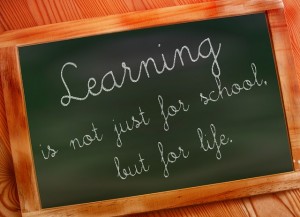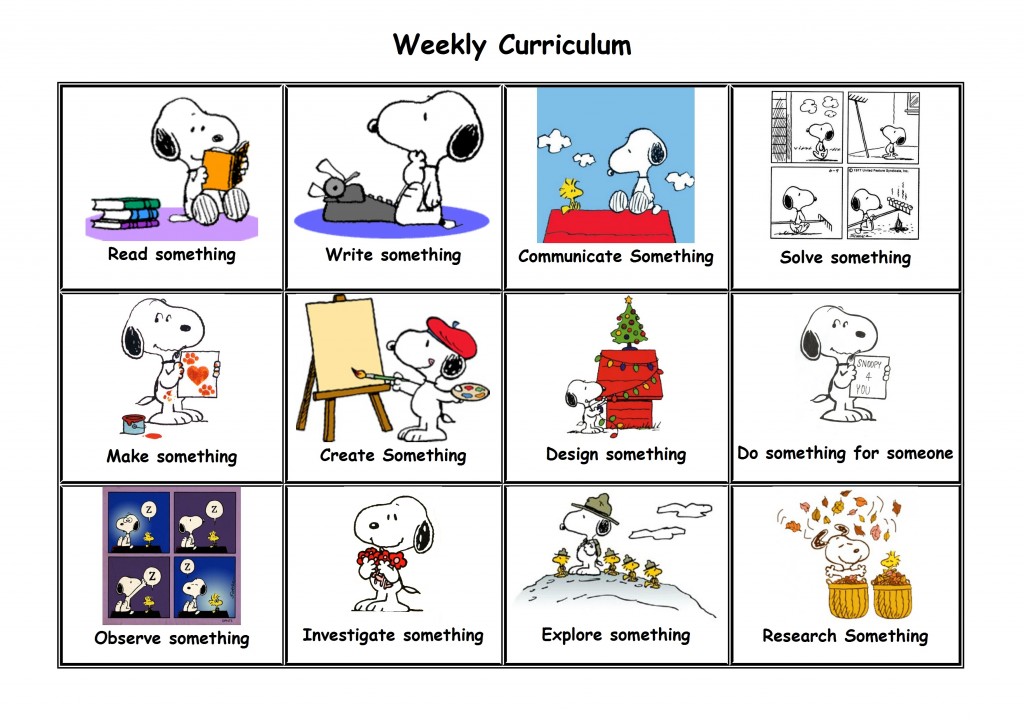 There are about 8000 children currently being home educated in New Zealand and every family will have their own unique style. No two families home educate in exactly the same way. Most families choose from a range of philosophies – from the highly structured traditional classroom method to the highly unstructured child-led learning philosophy of unschooling.
There are about 8000 children currently being home educated in New Zealand and every family will have their own unique style. No two families home educate in exactly the same way. Most families choose from a range of philosophies – from the highly structured traditional classroom method to the highly unstructured child-led learning philosophy of unschooling.
Homeschooling offers a great deal of flexibility to families, and most choose and blend a number of different methods depending on the ages and personalities of their children.
Some of the more common approaches to home education are below. To see “typical day” stories, click here.
School At Home:
Some people literally do “school at home” with a fixed curriculum and schooling hours. This is a highly structured approach which mirrors the traditional classroom method. The family may purchase a full curriculum or make up their own lesson plans. Worksheets, textbooks and tests are used to teach and keep track of progress, and the family may have a dedicated room for lessons along with desks for the children.
Unit Studies:
Particular subjects are linked to the child’s own areas of interest while integrating literacy, numeracy, science, arts and other subjects. For example, if a child was interested in butterflies they might read books and write a story about butterflies (literacy), investigate patterns and symmetry or count butterflies (numeracy), look at the butterfly life cycle (science), do some painting or craft using butterflies as inspiration (art), etc.
Unschooling:
This term is much misunderstood and some people avoid using it, preferring terms such as natural, child-led, or free-range learning. Unschoolers do not believe that learning is separate from living – life and education are considered the same thing and learning is happening all of the time. This is an unstructured integrated approach based on the child’s interests and passions. The author, John Holt, has written a lot about natural learning.
Charlotte Mason:
Charlotte Mason was a British educator who dedicated her life to improving the quality of education in England at the turn of the twentieth century. Probably the best known of her methods is her use of living books instead of dry, factual textbooks or books that are condescending to children. Living books are usually written by one person with a passion for the topic and a broad command of the language, making the subject alive and engaging.
Montessori:
This educational approach was developed by Dr Maria Montessori in about 1897. The focus is on independence, freedom within limits, and respect for a child’s natural psychological development. Rather than use formal teaching methods, the Montessori approach involves developing natural interests and activities. It is important that a child is free to investigate and make choices about the things they want to do.
Waldorf:
This is based on the work of Rudolf Steiner who was an Austrian philosopher and teacher. Steiner took a holistic approach to education and stressed the importance of the ‘whole child’ by focusing on body, mind, and spirit. Care is taken to develop subject content in a way that is truly relevant to the inner life of the child. There is an emphasis on natural play materials, story telling, art and craft, music and movement, nature, and the rhythms of life.
Classical:
Classical education is language-focused; learning is accomplished through words (written and spoken) rather than through images (pictures, videos, and television). The early schooling years are spent in absorbing facts, in the middle grades students learn to think through arguments, and in the high school years they learn to express themselves. This classical pattern is called The Trivium. This approach is quite rigorous and systematic.
Eclectic:
The term “eclectic” refers to a mixed approach to home education – gathering bits and pieces from various philosophies and sources. Many home educators take an eclectic approach because homeschooling gives them the flexibility to adapt their programme to fit in with the family’s goals, commitments and lifestyle. For example, they might generally use unit studies, follow a curriculum for maths, attend some set activities at specific times during the week, and keep afternoons free for child-led learning opportunities.
We suggest you do an internet search to find out more information on any of the approaches listed above.

